Roller skating is fun, but starting out can feel like a balancing act - literally. Beginners often struggle with shaky balance, poor posture, and figuring out how to stop without wiping out. The good news? These issues are fixable with a few simple tips and consistent practice. Here's a quick rundown of the most common mistakes and how to avoid them:
- Skipping Protective Gear: Helmets, knee pads, and wrist guards aren’t optional - they’re lifesavers. Proper gear reduces injury risk by up to 85%.
- Bad Posture: Leaning too far forward or locking your knees throws off your balance. Keep your knees slightly bent, back straight, and core engaged.
- Struggling to Stop: Learn basics like the T-stop and plow stop to stay in control and avoid panic falls.
- Ignoring Skate Maintenance: Dirty bearings or loose bolts make skating unpredictable. A quick weekly check keeps your skates in top shape.
- Skating in Unsafe Areas: Stick to smooth, flat surfaces like rinks or courts. Avoid cracked sidewalks or busy spots until you’re more confident.
The secret to improving? Practice regularly, focus on the basics, and don’t skip safety gear. With time, those wobbly first steps will turn into smooth glides. Let’s dive into the details so you can skate with confidence.
6 Common Roller Skating Mistakes That Beginners Make (And How To Fix Them)
5 Common Roller Skating Mistakes and How to Fix Them
Starting out with roller skating can be tricky, but most beginner mistakes are easy to fix once you know what to look for. Let’s dive into five common errors that can make skating harder than it needs to be - and how you can correct them.
Not Wearing Protective Gear
Skipping protective gear might seem harmless, but it significantly increases the risk of injury. In fact, wearing proper gear can reduce injury risk by up to 85% during sports activities, including roller skating. The essentials? A helmet, knee pads, elbow pads, and wrist guards.
- Helmet fit: It should sit level on your head, covering your forehead without tilting back.
- Pads and guards: These need to stay secure during movement - loose gear can shift, leaving areas exposed, while overly tight gear restricts movement and causes discomfort.
Take a few minutes to adjust straps and test your gear before you hit the rink. It’s worth the effort to ensure everything fits snugly but comfortably.
Bad Posture and Balance Problems
Posture is everything when it comes to skating. Beginners often lean too far forward or backward, stiffen their shoulders, or lock their knees straight - all of which throw off balance. Instead, focus on engaging your core. Imagine pulling your belly button toward your spine, keep your knees slightly bent, and relax your shoulders.
To improve balance, try weight-shifting exercises. For example:
- Practice standing on one foot.
- Do controlled marches while holding onto a wall or railing.
These simple drills build muscle memory and help you feel more stable on your skates.
Wrong Pushing and Stopping Methods
If you’re pushing straight back or struggling to stop, you’re not alone. For smoother strides, push at a slight angle instead of directly backward. When it’s time to stop, try these techniques:
- T-stop: Position one foot perpendicular to the other and drag its wheels gently.
- Plow stop: Spread your legs and apply pressure to the inside edges of your wheels to slow down.
"Learning to stop takes practice, so if you don't quite get the technique at first, just keep at it." – wikiHow Staff
Start with small, controlled pushes, and practice stopping in a safe, open area until it feels natural.
Ignoring Skate Maintenance
Your skates need love too! Neglecting maintenance can lead to loose bolts, dirty bearings, or worn wheels - all of which make skating unpredictable and unsafe.
Here’s a quick checklist to follow before each session:
- Tighten bolts to prevent wobbly or detached wheels.
- Clean bearings to reduce resistance.
- Inspect wheels for flat spots or wear.
Spending just 10 minutes a week on maintenance can save you from accidents. Keep a basic tool kit handy with the right Allen keys and wrenches for your skates.
Picking Dangerous Skating Locations
Where you skate matters. Smooth, flat surfaces like rinks or basketball courts are perfect for beginners. Avoid rough or crowded areas like parking lots or busy sidewalks, especially those with cracks, debris, or steep inclines. Once you’ve mastered the basics, you can tackle those more challenging terrains.
How Snowfeet* Products Help Beginners Avoid Common Mistakes
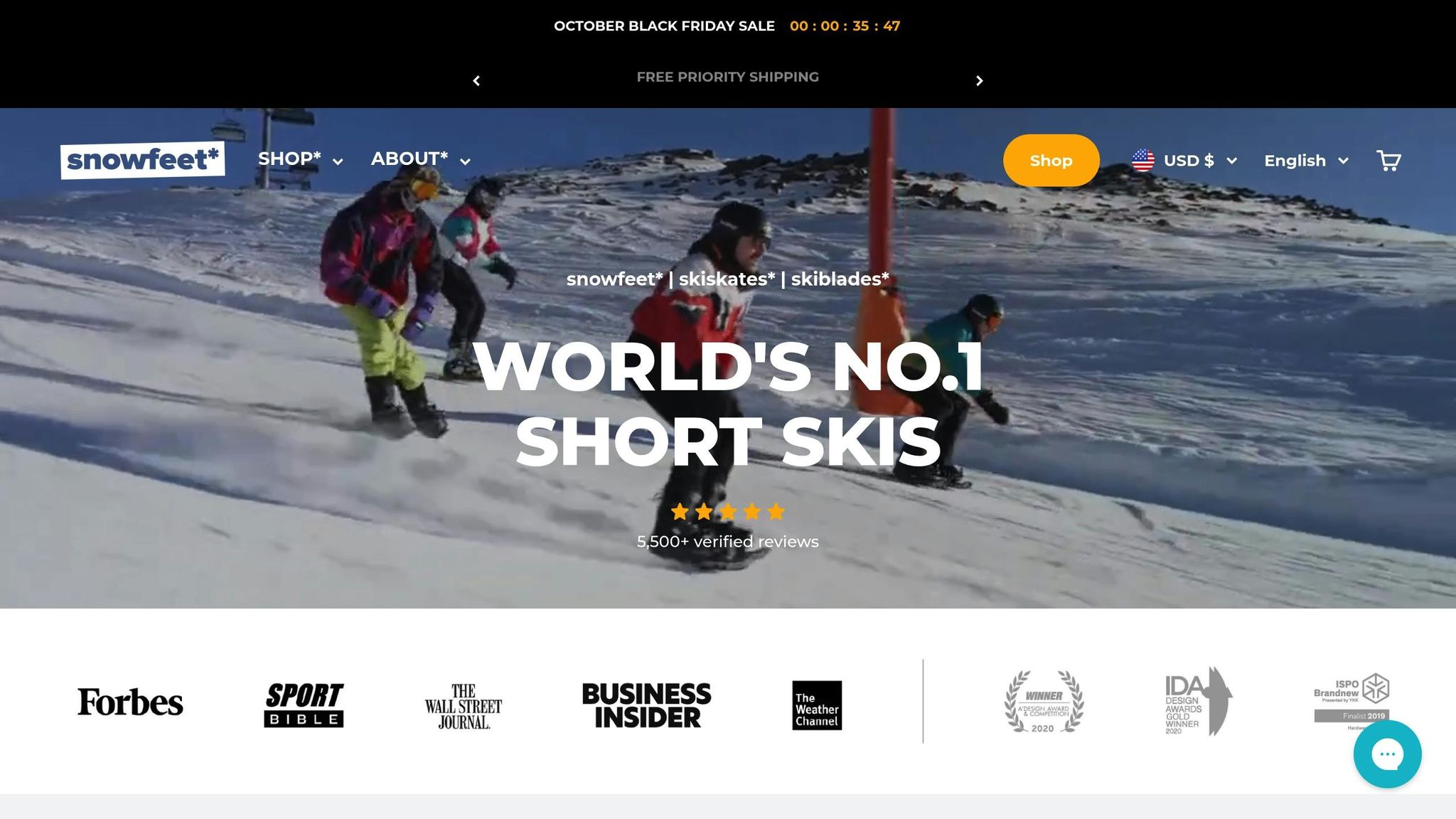
Starting out in winter sports can feel like a juggling act - balancing, controlling your movements, and trying not to fall. Snowfeet* products are designed to tackle these challenges head-on, helping beginners gain confidence faster by focusing on natural balance and control.
Learn Faster Than With Traditional Gear
One of the standout perks of Snowfeet* is how quickly they help beginners feel at ease. Their compact size - ranging from 15 to 47 inches in length (compared to traditional skis that often exceed 59 inches) - makes them much easier to handle. Think of it like driving a zippy compact car instead of a bulky truck. You get smooth, nimble control without the hassle of heavy, awkward equipment.
"With these small skis, you move nimbler, faster, and mostly – comfy. No locks, no heavy boots – just strap on and go." - Jakub F.
This design doesn't just make them easier to use; it naturally encourages better posture and balance. The shorter length promotes a stance that's instinctively correct - legs shoulder-width apart, knees slightly bent - syncing with how your body naturally moves.
Why Snowfeet* Are Beginner-Friendly
Snowfeet* keep things simple. You can wear them with your regular winter boots, so there's no need to invest in stiff, uncomfortable ski-specific footwear. This eliminates one of the biggest hurdles for beginners: the awkwardness and imbalance that come with specialized boots.
Their lightweight design is another game-changer. Unlike traditional ski gear that can feel like you're lugging around a small suitcase, Snowfeet* are easy to carry and manage. This means you can focus on improving your skills instead of wrestling with your equipment.
At a price range of $250 to $775, Snowfeet* are a less intimidating investment for those just starting out. And with an average rating of 4.9 out of 5 stars from over 5,500 verified reviews, it’s clear that users are thrilled with their performance.
Plus, these mini skis are incredibly versatile. Whether you're practicing on groomed slopes, snow parks, or even your backyard, Snowfeet* adapt to different terrains, giving you the freedom to start in a comfortable environment before taking on more challenging spots.
Snowfeet* vs. Traditional Skis and Snowboards
Here's how Snowfeet* stack up against more traditional winter sports gear:
| Feature | Snowfeet* | Traditional Skis | Traditional Snowboards |
|---|---|---|---|
| Length | 15–47 inches | 59+ inches | 48–65 inches |
| Weight | Lightweight | Heavy | Heavy |
| Boot Requirements | Regular winter boots | Specialized ski boots | Specialized snowboard boots |
| Learning Time | A few hours to feel confident | Weeks to months | Weeks to months |
| Price Range | $250–$775 | $300–$800+ | $400–$900+ |
| Portability | Fits in a backpack | Requires roof rack/bag | Requires special bag |
Traditional skiing and snowboarding often come with a steep learning curve. Specialized boots take time to get used to, and mastering even the basics can take weeks. Snowfeet* simplify the process, letting you use the winter boots you already own and offering instant feedback to help you improve.
sbb-itb-17ade95
Simple Tips for Beginners to Improve Quickly
Avoid common mistakes and start building your skills with these practical tips. Skating takes time and effort, but with the right approach, you can see progress in just a few weeks.
Daily Practice Drills and Exercises
Once you've got your gear sorted and understand the basics, it's time to dive into drills that will help you improve balance, control, and technique.
- 1-Leg Balance: Start by standing on one leg while holding onto a support. Gradually let go to challenge your core and improve stability.
- Warm-Up and Glide: Begin each session with 5 minutes of easy gliding to loosen up, followed by 10 minutes of steady skating. Focus on smooth, controlled movements instead of speed.
- "Bubbles" Drill: Skate in circles that gradually tighten. This exercise helps with turning and overall control.
- Short Pushes for Forward Motion: Instead of long strides, use short, quick pushes. This keeps you balanced and in control while maintaining a steady pace.
- T-Stop Practice: Dedicate a few minutes daily to mastering the T-Stop. Drag one foot perpendicular to your other foot to form a "T" shape. Start slow and work your way up to stopping at higher speeds.
- Heel Toe Manuals: For an extra challenge, try balancing on just your heels or toes while rolling. This drill strengthens your balance and coordination.
Skating isn't just about technique - it also works your glutes, quads, hamstrings, calves, and core, all while improving overall balance and coordination.
Maintenance and Safety Checklist
Regular practice only pays off if your skates are in top condition and you're staying safe.
- Daily Maintenance: Clean your bearings to keep your skates rolling smoothly.
- Weekly Checks: Inspect wheels, bolts, and brake pads to ensure everything is secure.
- Proper Fit: Your skates should feel snug but not painful. A good fit reduces the risk of blisters and helps with control.
Always choose smooth, debris-free surfaces for practice. This reduces wear on your skates and lowers the risk of falls. And don’t forget your protective gear - a helmet, wrist guards, and knee/elbow pads are non-negotiable. They not only keep you safe but also give you the confidence to push your limits.
Right Mindset for Success
Finally, remember that your mindset plays a huge role in how quickly you improve.
Learning to skate is a process, and everyone progresses at their own pace. Comparing yourself to others can be discouraging, so focus on your own journey.
"Your mindset should also be one of growth, knowing that it takes time to master any skill." - PolyGlide Ice
Set small, specific goals for each practice session. Pay attention to how your body moves and celebrate every bit of progress. It’s these small wins that build up over time.
For extra motivation, connect with other skaters. Whether it’s through local meetups or online communities, sharing tips and experiences can keep you inspired and on track.
Conclusion: Master the Basics for Safe and Fun Skating
When it comes to skating, safety and practice are your best friends. Start with the essentials: wear protective gear, focus on proper posture, and commit to regular practice. Gear like helmets, knee pads, and wrist guards shield you from injuries, while mastering techniques like stopping ensures you stay in control.
The key to improvement? Consistency. Practicing just once a week can lead to noticeable progress in about a month. As you build muscle memory, your balance and control will naturally improve. Tools like Snowfeet* can make this journey even smoother.
Unlike traditional roller skating, Snowfeet* offer a beginner-friendly option that’s less intimidating. Their compact design works with your regular winter boots and fits neatly into a backpack. No bulky or specialized equipment required - making it a great choice for those just starting out.
"Learning to use Snowfeet* is pretty easy, kind of like learning to ski or skate. Many people actually find it easier." - Snowfeet Team
With simplified gear and better control, Snowfeet* let you focus on your progress. Remember, your skating journey is personal - set small goals, take care of your equipment, and celebrate every win, no matter how small. By sticking to reliable gear and solid techniques, you can avoid common mistakes and enjoy the thrill of skating safely. Before you know it, those wobbly first steps will transform into smooth, confident glides.
FAQs
What are the best exercises to help beginners improve balance and posture for roller skating?
To improve your balance and posture for roller skating, try incorporating a few simple exercises into your routine. One effective move is the single-leg stance. Just stand on one foot for a few seconds, and as you get steadier, aim to hold it longer. Another helpful exercise is heel-to-toe raises. Rock gently between your heels and toes - this strengthens the muscles that keep you steady.
When practicing on skates, stick to a flat surface. Keep a slight bend in your knees and engage your core to maintain good posture. These small adjustments not only boost your stability but also make skating smoother and more controlled as you progress.
What’s the best way to keep my roller skates safe and in good condition?
To keep your roller skates in top shape and ensure a smooth ride, regular upkeep is a must. Start by giving the wheels and bearings a once-over. If they’re dirty, clean them up, and if they’re worn down, it’s time for replacements. Loose or damaged wheels and bearings can mess with your balance and put your safety at risk.
Don’t forget to check the boot and laces, too. Look for any signs of wear or tear. Make sure the laces are snug and secure - if the boot feels a bit too loose or uncomfortable, you might want to adjust the fit or add some insoles for extra support. Lastly, keep an eye on the brakes. If they’re looking worn out, replace them to stay safe on the road or rink. A little maintenance goes a long way in making your skates last longer and your skating sessions way more fun!
What makes Snowfeet products a better choice for beginners compared to traditional roller skates?
Snowfeet products bring a refreshing twist for beginners compared to traditional roller skates. First off, they’re super compact and lightweight, which makes them a breeze to carry around and store. No more lugging around bulky gear! Plus, you can use them with your regular winter boots - no need to invest in special footwear or deal with uncomfortable options. That’s a win for both comfort and convenience.
What’s even better? Snowfeet are incredibly versatile. Whether you’re gliding down snowy slopes, exploring parks, tackling hiking trails, or just cruising small hills, they’ve got you covered. Their clever design makes learning simpler, so you can build confidence quickly while having a blast. If you’re new to this or just want to try something different from traditional skating, Snowfeet offers an easy and fun way to dive in.







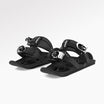













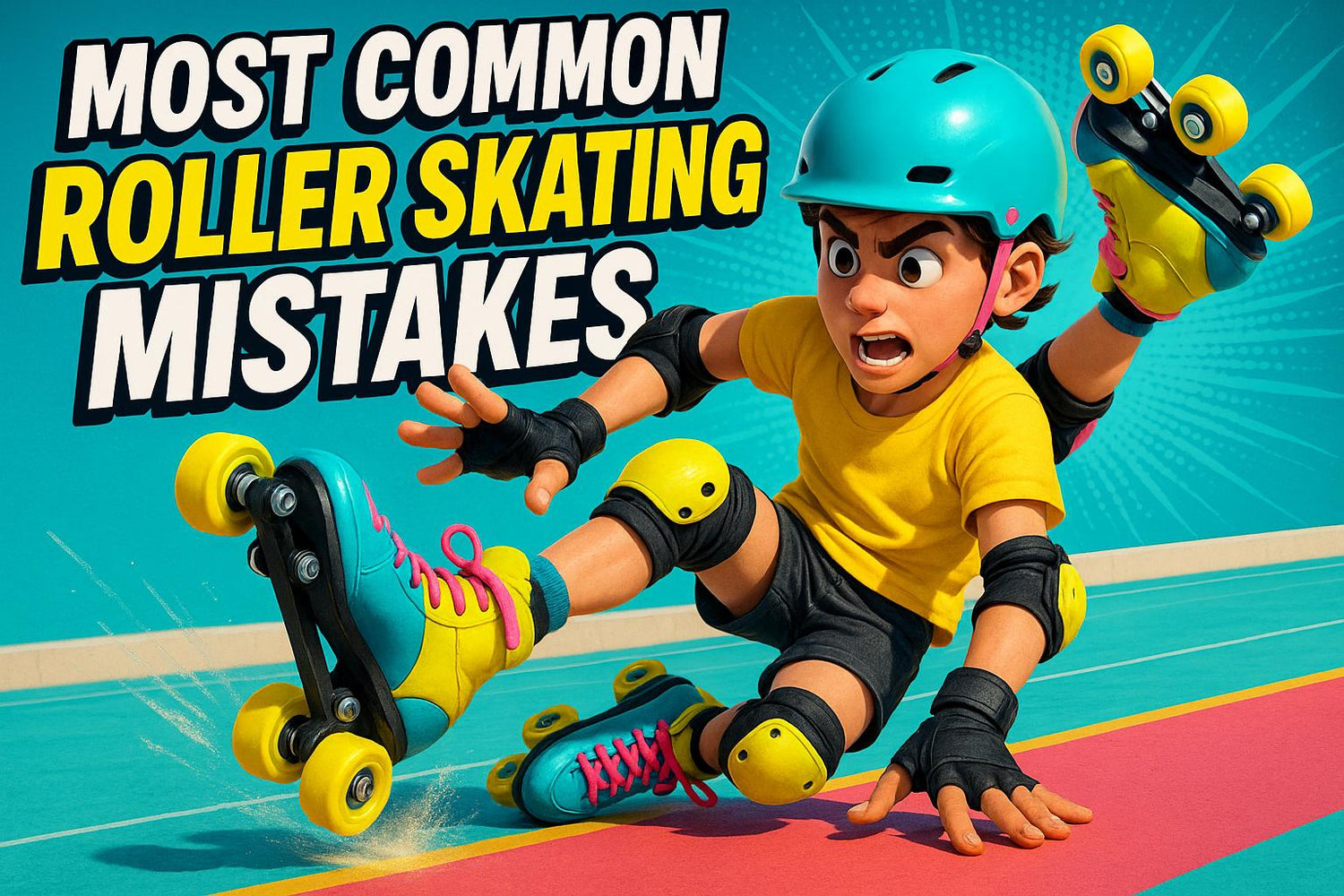
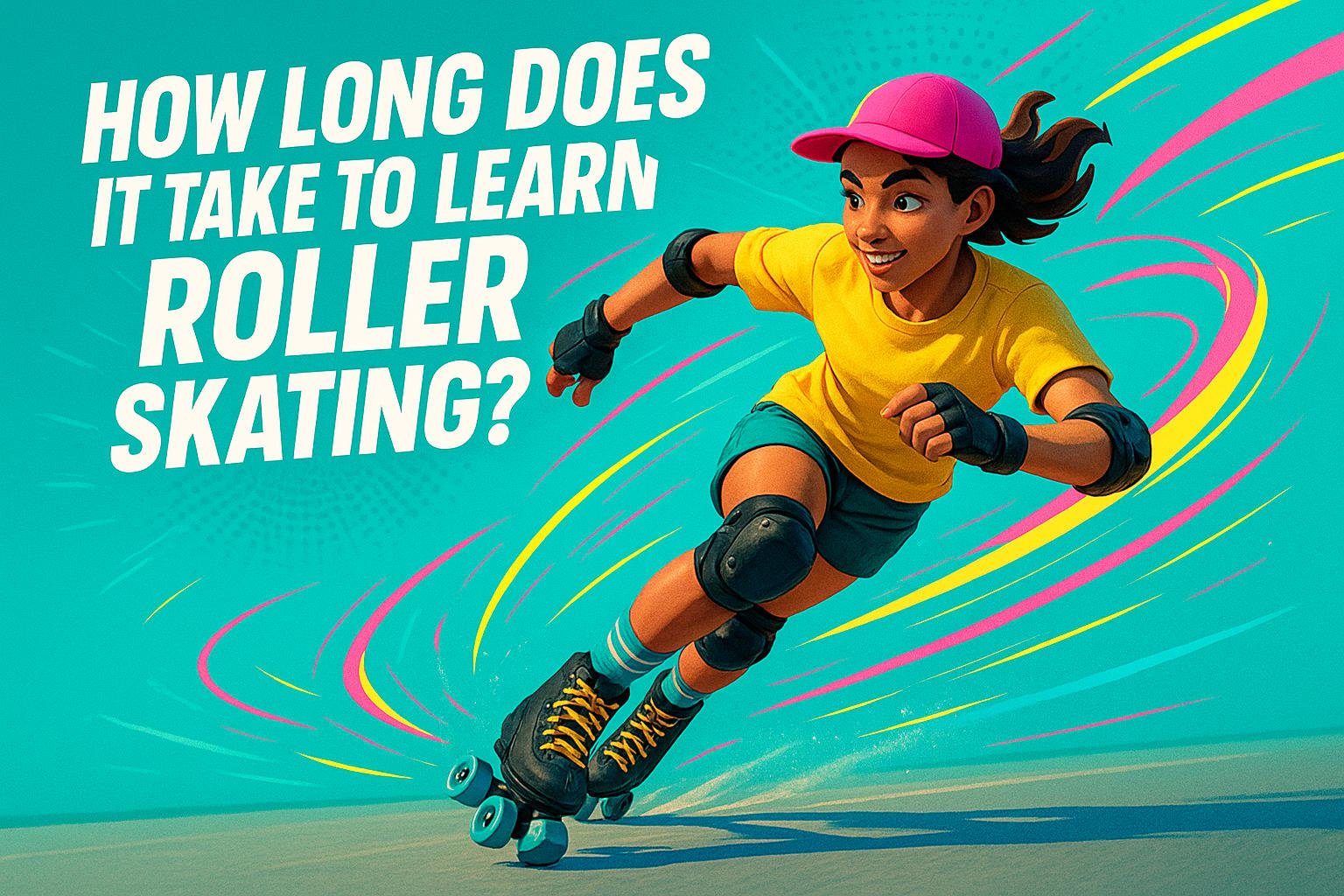
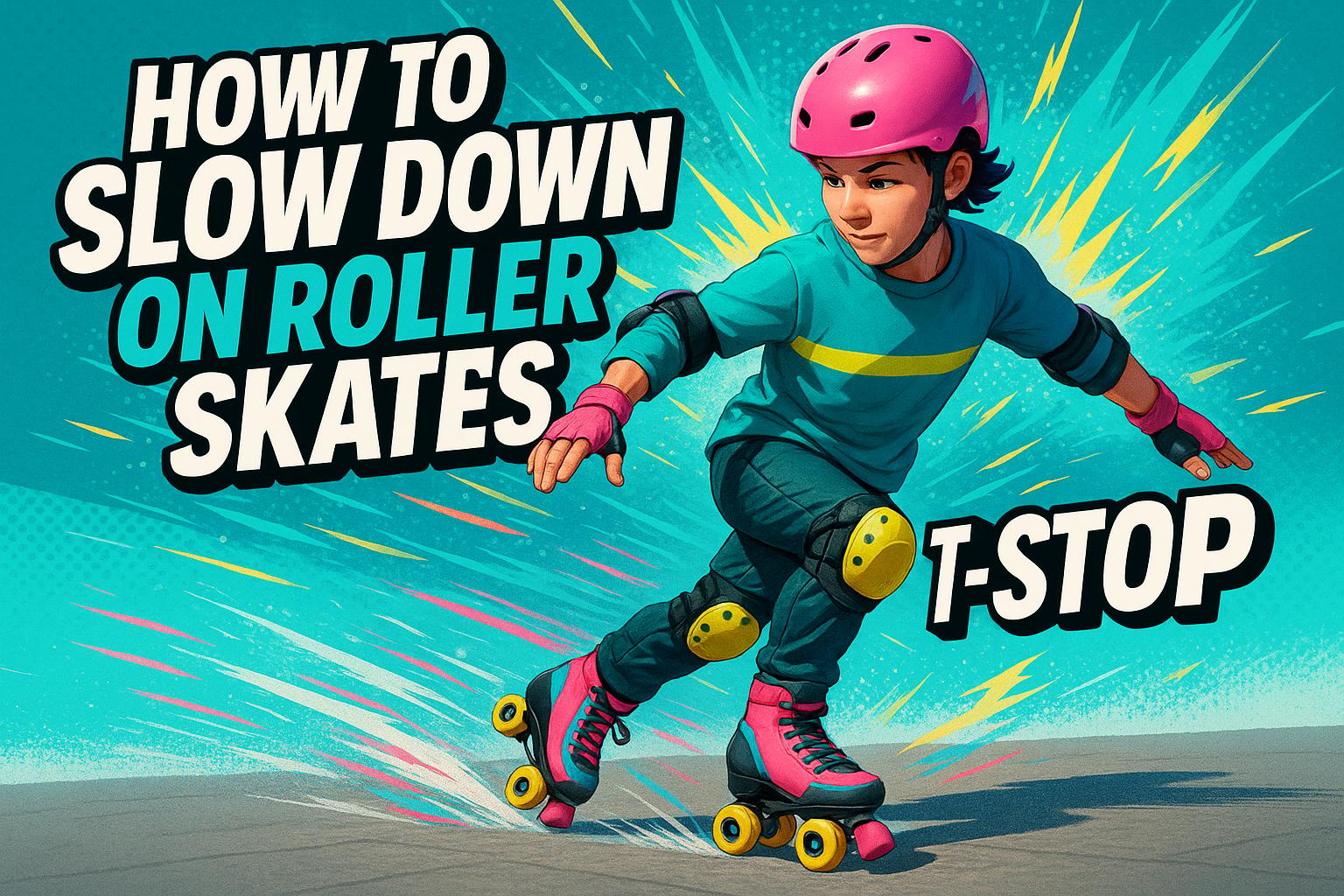




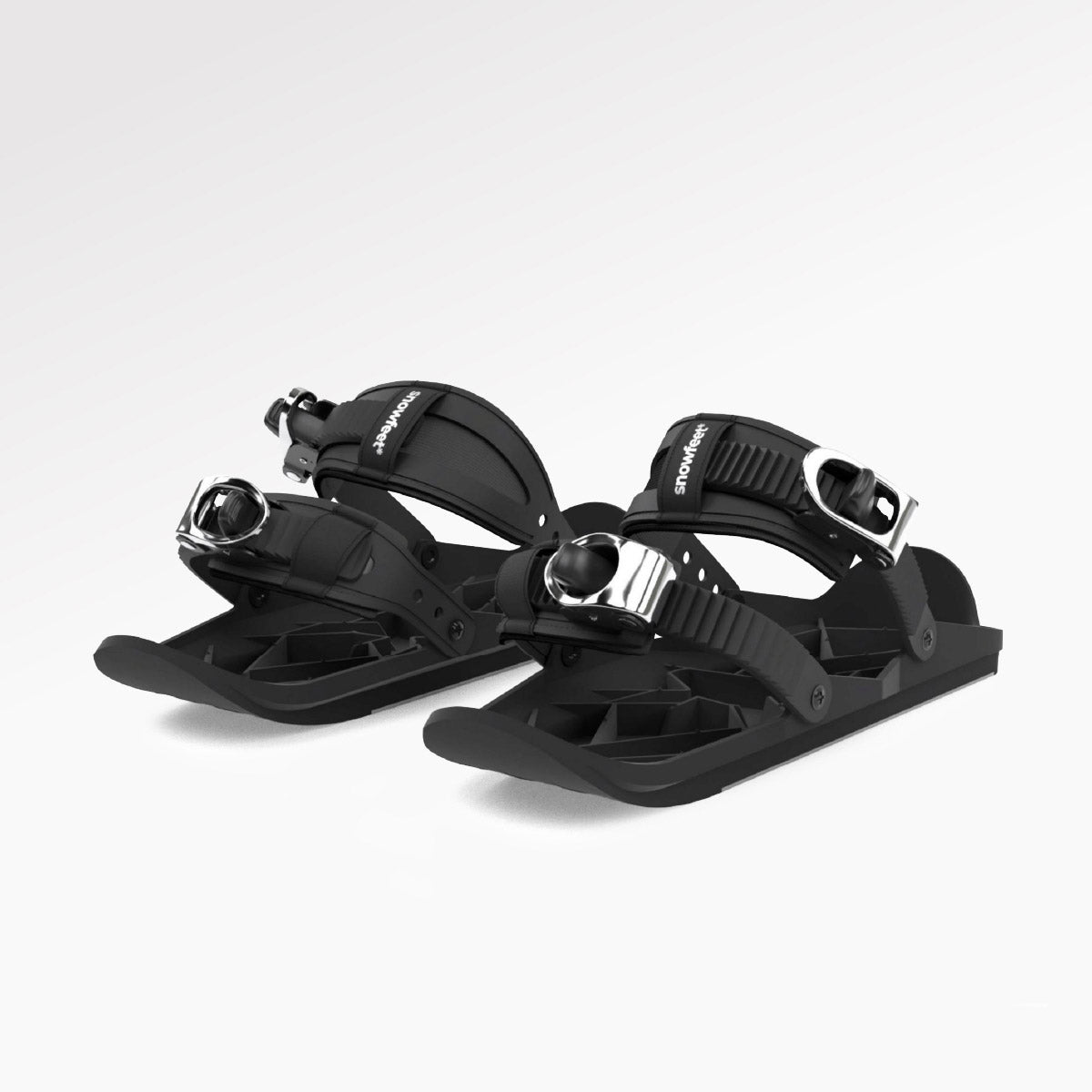
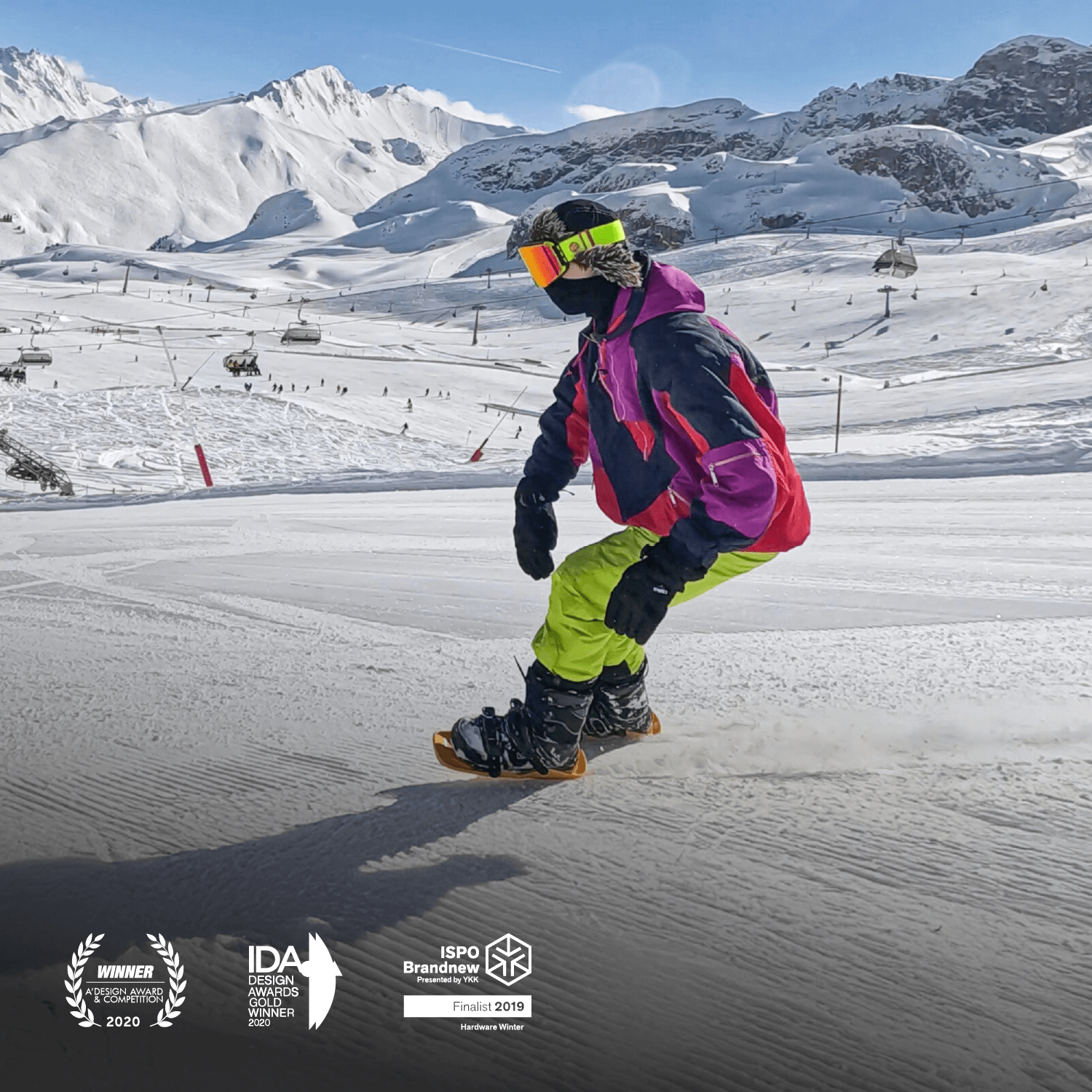




Leave a comment
This site is protected by hCaptcha and the hCaptcha Privacy Policy and Terms of Service apply.